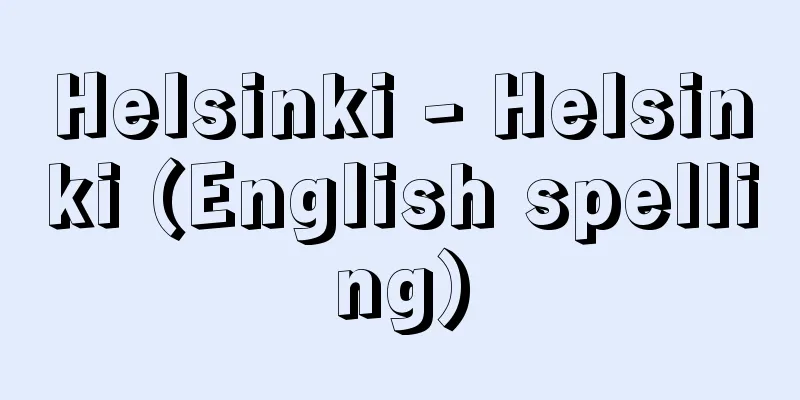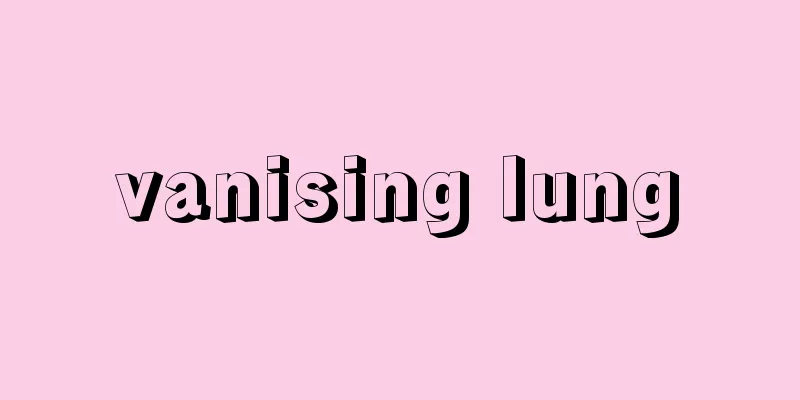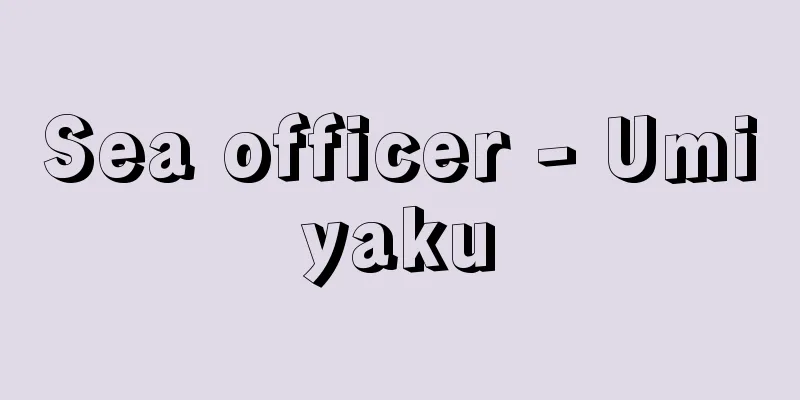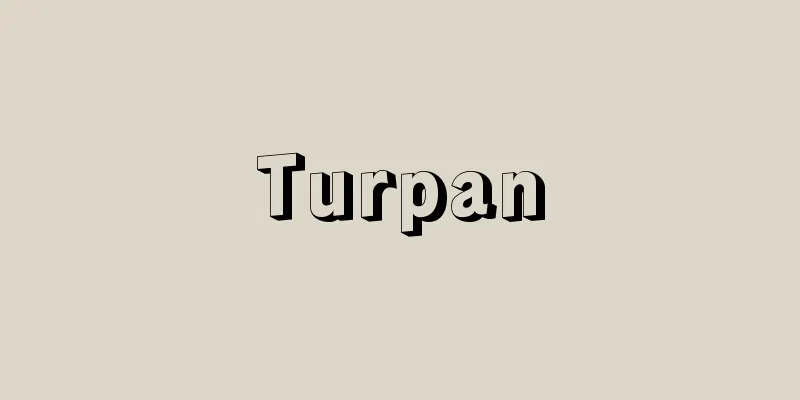Helsinki - Helsinki (English spelling)

|
The capital of Finland. Population: 559,718 (2001). The city was built at the back of an inlet facing the Gulf of Finland, and its Swedish name is Helsingfors. Due to uplift of the ground and freezing in winter, the port and town were moved to its current location at the tip of the cape, which offers better conditions, in 1640. It is also known as the "Daughter of the Baltic Sea." The old town is surrounded by the harbor on three sides, and the Cathedral, formerly called St. Nicholas Church, the Senate Square in front of it, and the government offices, universities, and other buildings surrounding them are systematically arranged in a square block. As the city developed, it expanded northward, but in recent years residential areas have been developed on islands on both the east and west sides, which are connected by long bridges. There are many large parks with abundant greenery in the city, and suburban residential areas are scattered among birch and pine forests. Efforts are being made to maintain the urban environment and to curb population inflow, but plans are being considered for relocating the train station north and redeveloping the city center. Because it is difficult to attract more people into the city to cope with the concentration of urban functions, the population of satellite cities such as Espoo (population 216,836, 2001) in the west and Vantaa (179,856, 2001) in the north is growing rapidly. Tapiola, which is part of Espoo, is known as a residential area among the forests. Many of the commuters who commute into Helsinki from the surrounding areas rely on an extensive bus system, but a subway has also been built. The tertiary industry accounts for over 70% of the employed population, and in addition to shipbuilding, metals, and machinery, which are dependent on the port, food, textiles, ceramics, and other industries are also thriving, and the city also surpasses Tampere in industrial production value to rank first. However, there is no excessive concentration of industry, with only large factories concentrated around the West Port and North Port. [Hideo Tsukada] historyIt was founded in 1550 by Swedish King Gustav I (Gustav Vasa, reigned 1523-1560). At that time, the territory of the Teutonic Knights on the southern coast of the Gulf of Finland was collapsing in the midst of the storm of the Reformation, and Sweden showed great interest in the Russian trade that passed through there. The purpose of building Helsinki was to profit from this trade by redirecting it through Finland. However, the city did not develop easily, and after that, interest in Helsinki was lost when Estonia's port of Tallinn, which faces the southern coast of the Gulf of Finland, was acquired. There were also fires and epidemics, and during the Great Northern War in the 18th century, the city was occupied by Russian troops and reduced to ashes. In 1748, the construction of the Viapoli Fortress to defend the city marked the beginning of new development, and the enlightened officers who passed through brought petty bourgeois culture to the city. In 1812, shortly after the annexation of Finland by Russia, the capital was moved from Turku, and various government offices and universities were gradually relocated there, with neoclassical buildings being constructed one after another based on urban planning. As the Industrial Revolution progressed, the urban area also developed significantly. In the civil war that began in 1918, the year after independence, the city first became a base for the Red Guard, and during World War II it was bombed by Soviet aircraft but escaped occupation. After the war, it was the site of the 15th Olympic Games (1952), the Conference on Security and Cooperation in Europe (1975, 1985), and other events. [Kenichi Tamao] [References] | |A park in the northwest of the city. It is known for its stainless steel pipe monument and a portrait sculpture of Finnish composer Sibelius (far right in the photo). Finland, Helsinki ©Shogakukan "> Sibelius Park Source: Shogakukan Encyclopedia Nipponica About Encyclopedia Nipponica Information | Legend |
|
フィンランドの首都。人口55万9718(2001)。フィンランド湾に臨む入り江の奥に建設された都市で、スウェーデン語名ヘルシングフーシュHelsingfors。地盤の隆起や冬季の氷結のために、より条件のよい岬の先端の現在位置に、1640年港と市街が移転した。一名「バルト海の娘」と称される。 旧市街は三方を港で囲まれ、かつて聖ニコライ教会とよばれた大寺院とその前の上院広場、これらを取り囲む官庁・大学などの建造物が方形のブロック内に計画的に配置されている。市の発展に伴って市街は北方に拡大したが、近年は長大橋で結ばれた東西両方向の島嶼(とうしょ)上にも住宅地が展開している。市内には緑豊かな大公園が多く、郊外住宅地もシラカバやマツの林の中に点在する。都市環境の維持に力が注がれ、人口の流入を抑制しているが、鉄道駅の北方への移転と市街地の再開発が検討されている。都市機能の集中に対応する人口の市内流入が困難なため、西方のエスポーEspoo(人口21万6836、2001)や北方のバンターVantaa(17万9856、2001)などの衛星都市の人口増加が著しい。なかでも、エスポーに属するタピオラTapiolaは林間住宅地区として知られる。周辺からヘルシンキへの通勤人口の多くは発達したバス路線に依存しているが、地下鉄も建設された。 第三次産業が就業人口の70%を超えるが、港湾依存の造船、金属、機械のほか、食品、繊維、陶器などの工業も盛んであり、工業生産額でもタンペレをしのいで第1位である。しかし西港と北港周辺に大工場の集中立地がみられる程度で、過度の工業集積はない。 [塚田秀雄] 歴史1550年スウェーデン王グスタフ1世(グスタフ・バーサ。在位1523~1560)によって建設された。当時宗教改革の嵐(あらし)のなかでフィンランド湾南岸のドイツ騎士団領は崩壊しつつあり、そこを通過して行われるロシア貿易にスウェーデンは重大な関心を示した。その貿易をフィンランド経由にすることによって利益を得ようとするのがヘルシンキ建設の目的であった。しかし同市は容易に発展せず、その後、フィンランド湾南岸に臨むエストニアの港タリンを手中にすると、ヘルシンキに対する関心は失われた。また火事や疫病もあり、18世紀の大北方戦争の際にはロシア軍の占領を受け、町は灰燼(かいじん)に帰した。1748年ビアポリ要塞(ようさい)が都市防衛のため築かれたのを契機として新たな発展を始め、また往来する啓蒙(けいもう)主義的将校たちによってプチブル的文化がもたらされた。ロシアによるフィンランド併合まもない1812年トゥルクから遷都され、諸官庁や大学が徐々に移され、都市計画に基づいてネオ・クラシック様式の建物が次々とつくられた。産業革命の進行とともに市街区域も大きく発展する。独立翌年1918年の内戦では、初め赤衛軍の拠点となり、第二次世界大戦ではソ連機の爆撃を受けたが占領は免れた。戦後、第15回オリンピック大会(1952)、ヨーロッパ安全保障協力会議(1975、1985)などの開催地となった。 [玉生謙一] [参照項目] | |市街北西部にある公園。ステンレスパイプのモニュメントやフィンランドの作曲家シベリウスの肖像彫刻(写真右端)で知られる。フィンランド ヘルシンキ©Shogakukan"> シベリウス公園 出典 小学館 日本大百科全書(ニッポニカ)日本大百科全書(ニッポニカ)について 情報 | 凡例 |
<<: Helsingborg (English spelling)
Recommend
Comb-shaped magatama - Kushigatama magatama
A small magatama from the Yayoi culture period, si...
Near ultraviolet - Kinshigaisen
Of light (electromagnetic waves with wavelengths ...
Duchamp-Villon, R.
...The Puteaux School continued its wave of demon...
Yuan Kang
…15 volumes. Written by Yuan Kang of the Later Ha...
Shinano Mainichi Shimbun - Shinano Mainichi Shimbun
Nagano Prefecture's leading daily newspaper. ...
Li Delin (English spelling) Lǐ Dé lín
531‐591 Prime Minister of the Sui Dynasty, China. ...
Nickname - Nickname
A name given to a particular person by others in a...
Hildesheimer, Wolfgang
Born: December 9, 1916 in Hamburg [Died] August 21...
Piracy - piracy
… [Piracy under international law] Under internat...
Airbus Industry [company] - Airbus Industrie
In addition to the above reasons, the advantage o...
Perricholi (English spelling)
1748‐1819 A stage actress active in Peru during th...
Yodel - Jodel (English spelling) German
It is a unique singing style sung in the Alps and...
Ikuta Kengyo
Year of death: 14th June 1715 (14th July 1715) Yea...
Culture Museum
…the Dutch agricultural management system that th...
《Leather Wallet》 - Kawazaifu
...The title of a Rakugo story. It is also called...

![Furubira [town] - Furubira](/upload/images/67ccbfc30156a.webp)



![Kanie [town] - Kanie](/upload/images/67cb3ad92a301.webp)



